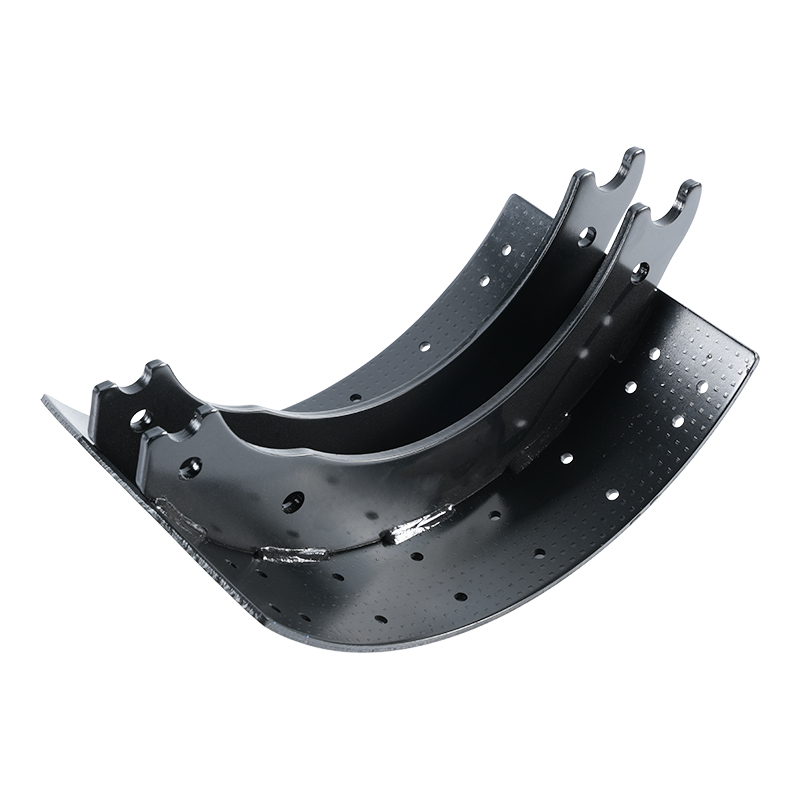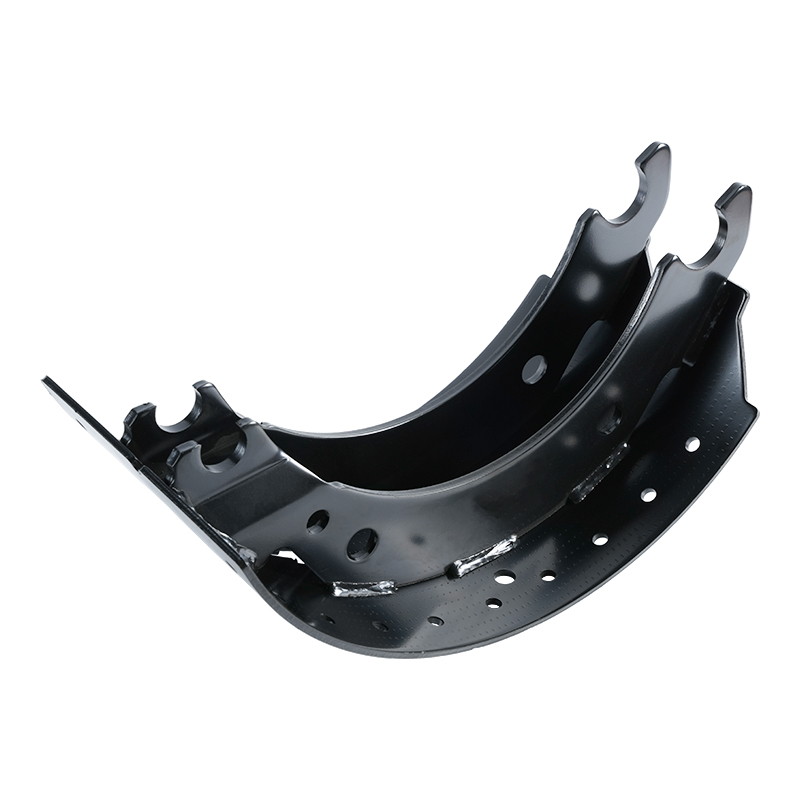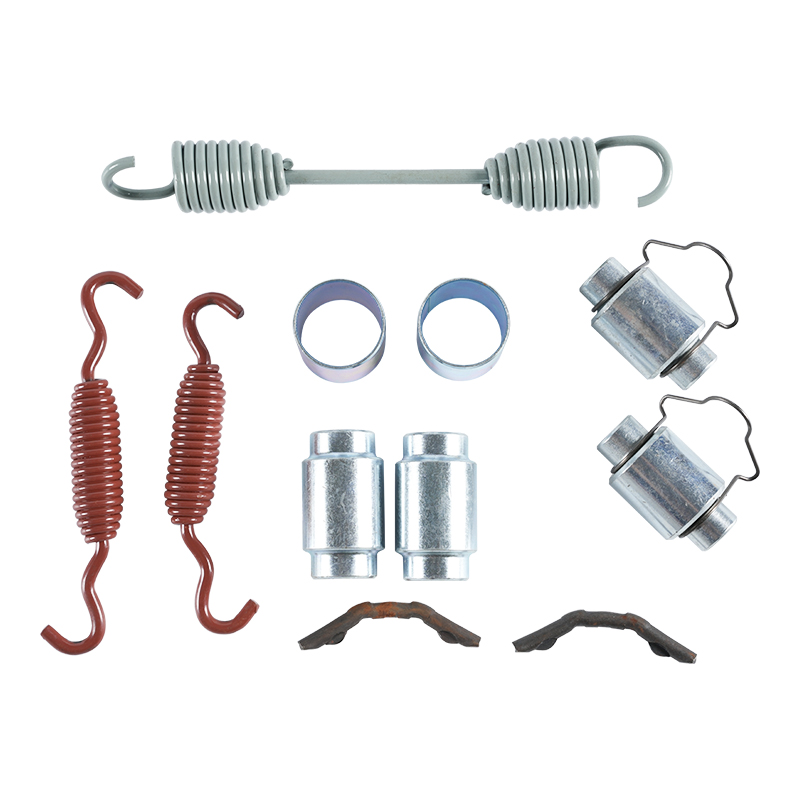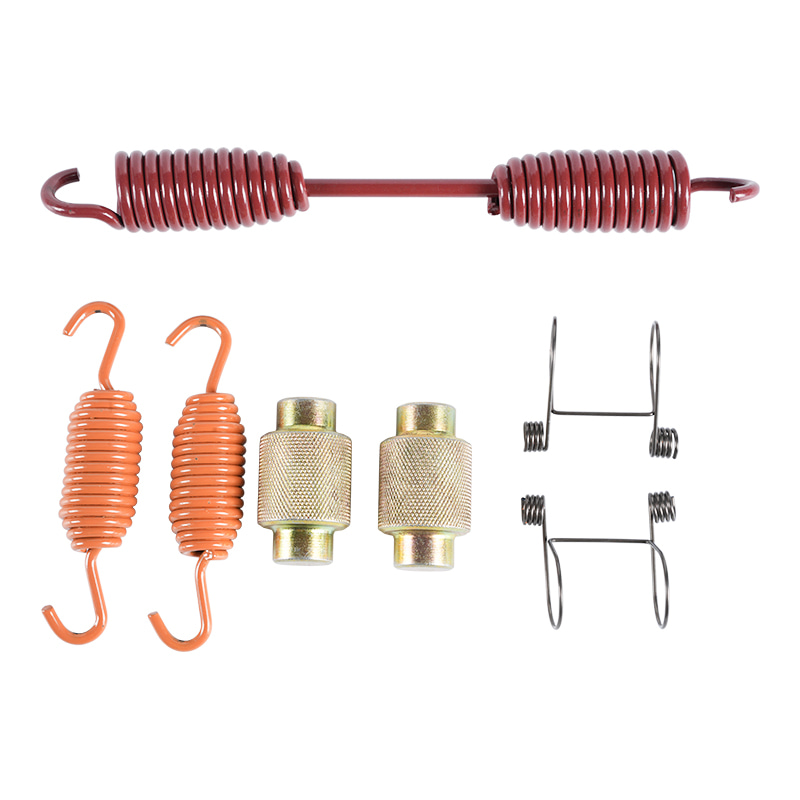The Critical Role and Evolution of the European Brake Shoe
 2025.11.12
2025.11.12
 Industry News
Industry News
The automotive landscape in Europe is characterized by a demanding confluence of high-performance engineering, stringent safety regulations, and a growing emphasis on environmental sustainability. At the heart of this complex ecosystem, particularly within the drum brake segment of the market, lies the European Brake Shoe. Though sometimes overshadowed by modern disc brake systems, the brake shoe remains a vital component, particularly in light commercial vehicles (LCVs), heavy commercial vehicles (HCVs), and older-generation passenger cars, fulfilling critical braking functions, especially for rear axles and parking brakes.
Market Context and Applications
While disc brakes dominate the front axles of modern European passenger cars, drum brake systems—and thus the brake shoe—maintain a significant presence.
- Commercial Vehicles: Due to their superior self-energizing property (where the braking force is amplified by the rotation of the drum), drum brakes with brake shoes are still widely used on the rear axles of heavy commercial vehicles (trucks and buses) and light commercial vehicles (vans). This design provides robust and cost-effective stopping power for heavily laden vehicles, which is crucial for the demanding logistics sector across Europe.
- Parking Brakes: Many passenger cars with rear disc brakes still employ a smaller, separate drum brake mechanism inside the brake rotor—often referred to as a “drum-in-hat” design—specifically for the electronic or mechanical parking brake. This ensures the continued relevance of the brake shoe even on high-end European models.
- Aftermarket Demand: The sizable European vehicle parc ensures a constant and strong demand for replacement brake shoes in the aftermarket, driving a competitive and quality-focused sector.
Innovation Driven by Regulation and Performance
The development of the European Brake Shoe is not static; it is a field of continuous innovation primarily driven by pan-European regulatory standards and the unique demands of high-speed European driving.
1. Environmental & Material Advancements
The European Union’s focus on reducing environmental impact has profoundly affected friction material composition:
- Copper-Free Formulations: Following global and regional trends, manufacturers have aggressively moved towards copper-free (or low-copper) friction materials. This is a significant push to reduce the environmental contamination that occurs as brake dust wears off the vehicle.
- Low-Emission Technology (Euro 7): Upcoming Euro 7 standards for light vehicles are the first to place strict limits on particulate matter (PM10/PM2.5) emissions from brakes, not just from the engine. This mandates a revolutionary shift toward new, sophisticated friction materials and formulations to dramatically cut brake dust generation.
- Non-Asbestos Organic (NAO) and Ceramic: To meet these low-dust and quiet operation requirements, NAO and advanced Ceramic compounds are increasingly prevalent, even in traditional brake shoe applications.
2. ECE R90 and Safety Integrity
In Europe, the quality and performance of replacement brake components are governed by the rigorous ECE R90 regulation. This standard ensures that aftermarket brake shoes perform to the same safety and effectiveness level as the Original Equipment (OE) part. Manufacturers selling in the European market must secure R90 certification, leading to components characterized by:
- High Shear Strength: Ensuring the friction material remains securely bonded to the metal core even under extreme stress.
- Consistent Friction: Maintaining stable and predictable braking performance across a wide range of temperatures and speeds, a necessity for the varying driving conditions found across the continent.
3. Integration with Modern Vehicle Systems
The brake shoe is also adapting to the rise of electric and autonomous vehicles:
- Regenerative Braking Compatibility: In electric vehicles (EVs) and hybrids, the friction brake is often “blended” with the electric motor’s regenerative braking. Brake shoes must be designed to withstand long periods of non-use without corrosion (since the regen system does most of the stopping) while still being ready to deliver full, controlled friction in an emergency.
- Wear Sensors: Just like their disc brake counterparts, modern European brake shoes—particularly those used in electronic parking brake systems—are increasingly integrated with electronic wear sensors that communicate directly with the vehicle’s ECU to alert the driver of the need for service.
The Future Outlook
The market for the European Brake Shoe will continue to be influenced by two major forces: the essential need for reliable, cost-effective braking in commercial transport, and the uncompromising pursuit of zero-emission mobility. While the overall volume in new passenger cars may decrease, the focus is unequivocally shifting toward high-tech, low-emission, and durable products that meet the world’s most demanding safety and environmental standards. The component’s evolution underscores a principle in European engineering: every part, no matter how traditional, must be optimized for safety, performance, and sustainability.

 Eng
Eng  中文简体
中文简体











